
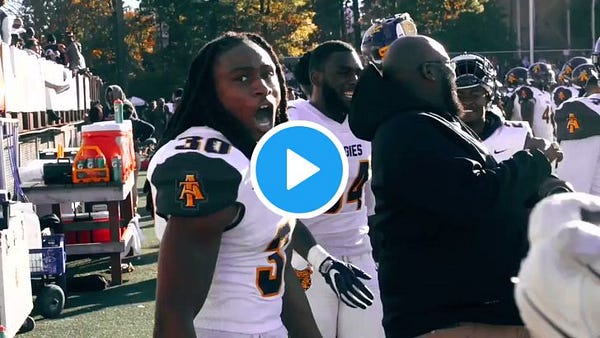
There are 48 historically black colleges across the US that operate football programs. These programs don't receive the same media coverage as the larger D-1A (also known as FBS, think Florida State and Michigan) schools despite averaging crowds that rival some of the programs in big conferences.
Don’t believe me? Here’s last season’s football attendance data from the NCAA itself:

The schools in green are HBCU’s. Now look at the average attendance for FBS schools overall:

4 HBCU programs playing in the second-tier of D1 football — Jackson State, Southern University, Florida A&M and Alabama State — outdrew the following FBS (Tier 1) schools: Ball State, Bowling Green, Charlotte, Coastal Carolina, Eastern Michigan, FIU, LA-Monroe, UMass, Miami (OH), Middle Tennessee State, New Mexico, New Mexico State, Northern Illinois, Ohio, San Jose State, South Alabama, Texas State, UNLV, UTEP, Western Kentucky and Western Michigan.
What’s crazier: Jackson State (avg. 24,770 and alma mater of Walter Payton) outdrew Kansas, Marshall, Southern Miss, Toledo, Troy, Tulane AND Wyoming last year.
Serendipitously, Jemele Hill’s must-read piece in The Atlantic that dropped this morning about the idea that black athletes should consider HBCU’s as a way to tip the scales of the ridiculous amounts of cash being made and spent by non-HBCU’s paints even starker numbers:
“The NCAA reported $1.1 billion in revenue for its 2017 fiscal year. Most of that money comes from the Division I men’s-basketball tournament. In 2016, the NCAA extended its television agreement with CBS Sports and Turner Broadcasting through 2032—an $8.8 billion deal. About 30 Division I schools each bring in at least $100 million in athletic revenue every year. Almost all of these schools are majority white—in fact, black men make up only 2.4 percent of the total undergraduate population of the 65 schools in the so-called Power Five athletic conferences. Yet black men make up 55 percent of the football players in those conferences, and 56 percent of basketball players.
Black athletes have attracted money and attention to the predominantly white universities that showcase them. Meanwhile, black colleges are struggling. Alabama’s athletic department generated $174 million in the 2016–17 school year, whereas the HBCU that generated the most money from athletics that year, Prairie View A&M, brought in less than $18 million. Beyond sports, the average HBCU endowment is only one-eighth that of the average predominantly white school; taken together, all of the HBCU endowments combined make up less than a tenth of Harvard’s.”
Enter HBCU Gameday. The self-funded media platform spotlights HBCU sports and aims to fill the wide open lane by creating quality content that resonates. They launch their first-ever television program this weekend just in time for football season, so I got on the phone to talk with HBCU Gameday founder Steven Gaither to learn about his background, the sincere need for sponsors and partners in this space and the HBCU teams to watch this season.
I want to be clear here: If you work for a consumer brand around college football and basketball and you aren’t already targeting companies like HBCU Gameday for sponsorships and partnerships opportunity, you’re leaving a lot of money on the table. That blind spot is costing you cash and cultural cachet. Stop fumbling the bag.
TUNES:
I can’t stop listening to this song!!!!!!!!
If you enjoyed this story, forward to a friend and tell them to sign up for the newsletter!
Office Hours is written by Ernest Wilkins. Follow me everywhere @ErnestWilkins or email me here.




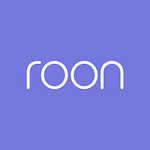
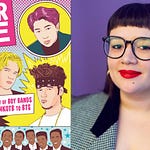

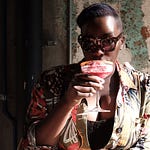



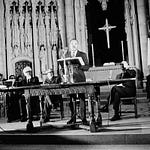
Share this post